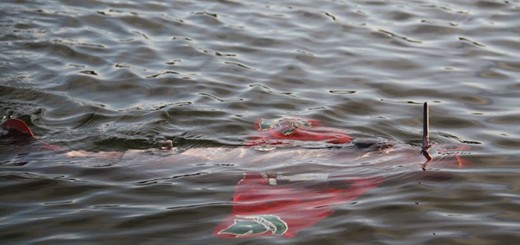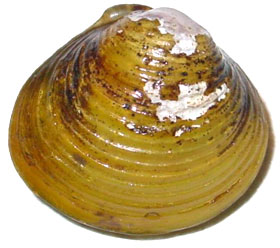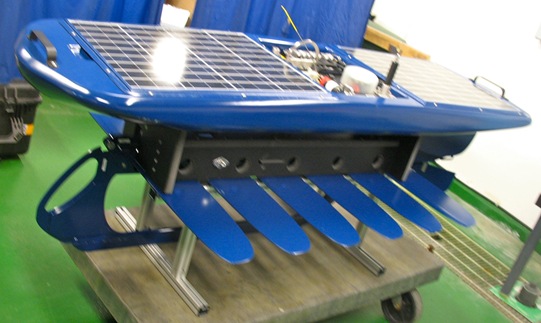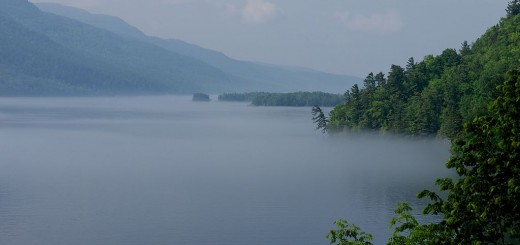Lake George’s Jefferson Project Looks To The Future
0After vertical profilers at Lake George get run through their paces, scientists working on the ongoing Jefferson Project there plan to outfit them with more technology to take lake measurements, according to the Glen Falls Post-Star. The improvements will aim to make the profilers capable of operating more independently.
Some of the technology employed on the profilers at present include Acoustic Doppler Current Meters, water quality sondes and a winch system that lowers and raises monitoring equipment in the water column.

A YSI vertical profiler deployed on Lake George. (Credit: Rensselaer Polytechnic Institute)
One of the ultimate goals is to make it possible for the profilers to respond to shifts in the environment around the lake and up or decrease monitoring as needed. The “smart” profilers could then make decisions about how and when to take measurements based on factors like weather or power levels.
“Eventually, that will allow us to comprehensively manage the platform, including things like doing smart analytics,” said Harry Kolar, associate director of the project with IBM, to the Post-Star.

Lake George. (Credit: Wikimedia Commons User Sixlocal via Creative Commons 3.0)
A more analytical approach driven by real-time data will make it easier for those involved with the project to find subtle patterns and notice short-term events. Scientists also hope to make it possible for the profilers to send messages to researchers when certain thresholds are reached.
“Once we have the entire sensor array in place, the targeted research on salt, invasives, the nitella (underwater meadows), all of these priority concerns highlighted in the legacy strategy (of the Fund for Lake George), we will be able to go farther even faster in securing protection of Lake George,” said Eric Siy, executive director of the Fund, to the Post-Star.













